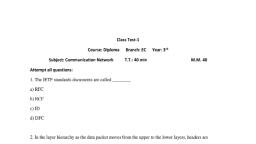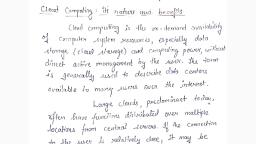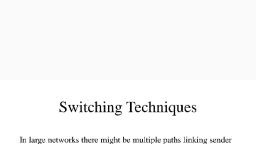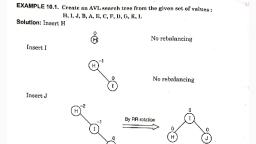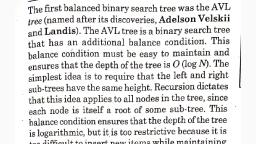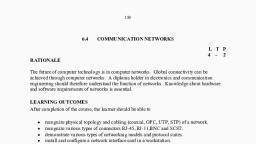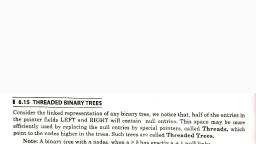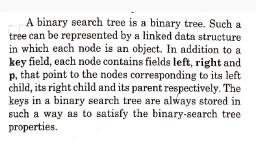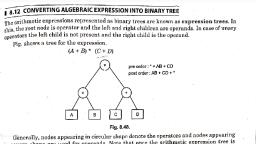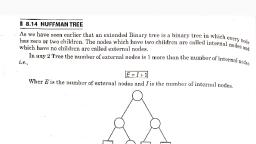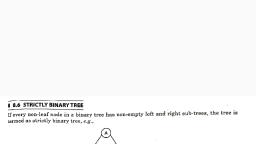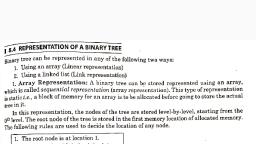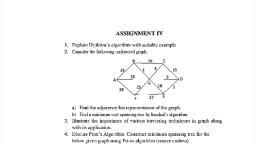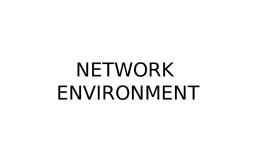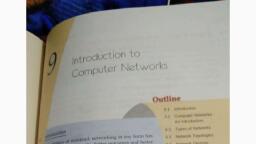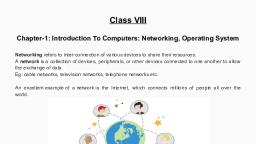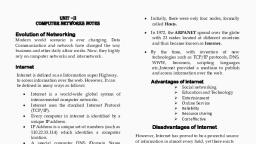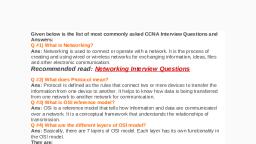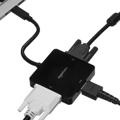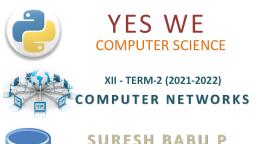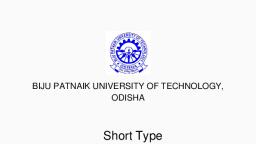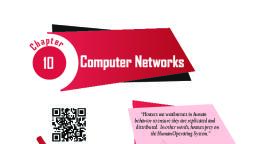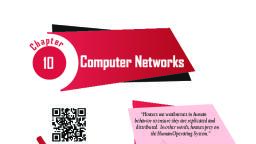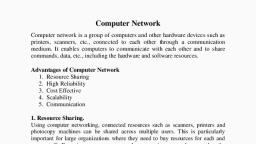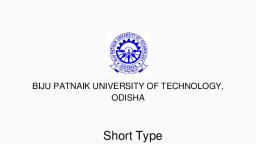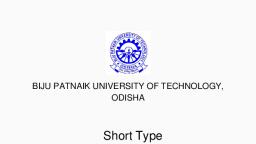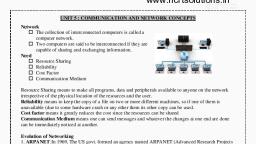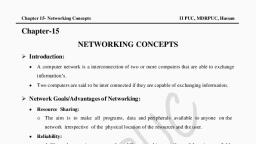Page 2 :
A Network Topology is the arrangement with which computer systems or network devices are connected to each other., Topologies may define both physical and logical aspect of the network. Both logical and physical topologies could be same or, different in a same network., , Point-to-Point, , Point-to-point networks contains exactly two hosts such as computer, switches or routers, servers connected back to back using, a single piece of cable. Often, the receiving end of one host Is connected to sending end of the other and vice-versa., , Data Flow, , , , If the hosts are connected point-to-point logically, then may have multiple intermediate devices. But the end hosts are unaware of, underlying network and see each other as if they are connected directly., , Bus Topology, , In case of Bus topology, all devices share single communication line or cable.Bus topology may have problem while multiple, hosts sending data at the same time. Therefore, Bus topology either uses CSMA/CD technology or recognizes one host as Bus, Master to solve the issue. It is one of the simple forms of networking where a failure of a device does not affect the other, devices. But failure of the shared communication line can make all other devices stop functioning., , , , Data Flow, , Terminator, , , , Both ends of the shared channel have line terminator. The data is sent in only one direction and as soon as it reaches the, extreme end, the terminator removes the data from the line., , Scanned with CamScanner
Page 3 :
Star Topology, All hosts in Star topology are connected to a central device, known as hub device, using a point-to-point conmection. That is, there, exists a point to point connection between hosts and hub. The hub device can be any of the following:, , = Layer-1 device such as hub or repeater, , © Layer-2 device such as switch or bridge, , © Layer-3 device such as router or gateway, , , , As in Bus topology, hub acts as single point of failure. If hub fails, connectivity of all hosts to all other hosts fails. Every, communication between hosts, takes place through only the hub.Star topology is not expensive as to connect one more host,, only one cable is required and configuration is simple., , Scanned with CamScanner
Page 4 :
Ring Topology, , In ring topology, each host machine connects to exactly two other machines, creating a circular network structure. When one, , host tries to communicate or send message to a host which is not adjacent to it, the data travels through all intermediate hosts., To connect one more host in the existing structure, the administrator may need only one more extra cable., , , , Failure of any host results In fallure of the whole ring.Thus, every connection in the ring Is a point of failure. There are methods, which employ one more backup ring., , Scanned with CamScanner
Page 5 :
Mesh Topology, , In this type of topology, a host is connected to one or multiple hosts. This topology has hosts in point-to-point connection with, every other host or may also have hosts which are in point-to-point connection to few hosts only., , , , Hosts in Mesh topology also work as relay for other hosts which do not have direct point-to-point links. Mesh technology comes, into two types:, , 9 Full Mesh: All hosts have a point-to-point connection to every other host in the network. Thus for every new host n(n-1)/2, connections are required. It provides the most reliable network structure among all network topologies., , 8 Partially Mesh: Not all hosts have point-to-point connection to every other host. Hosts connect to each other in some, arbitrarily fashion. This topology exists where we need to provide reliability to some hosts out of all., , Scanned with CamScanner


